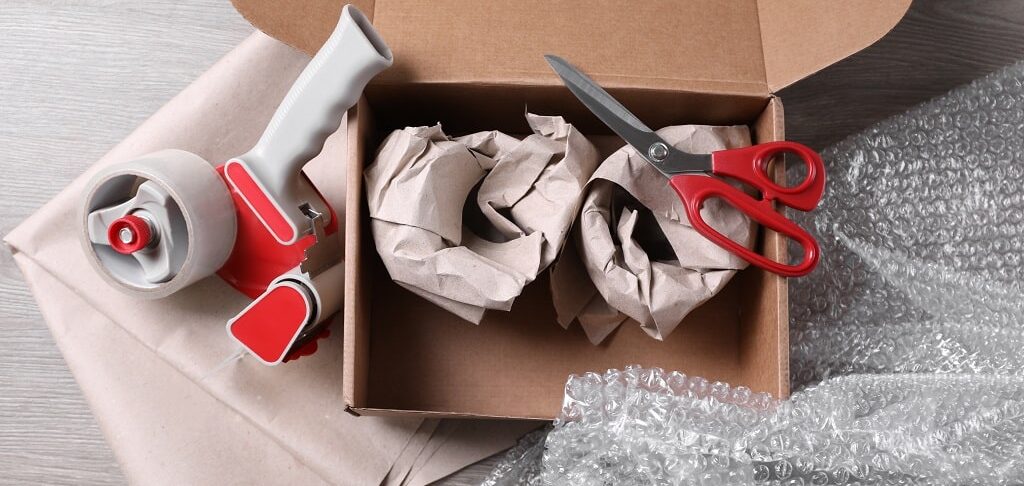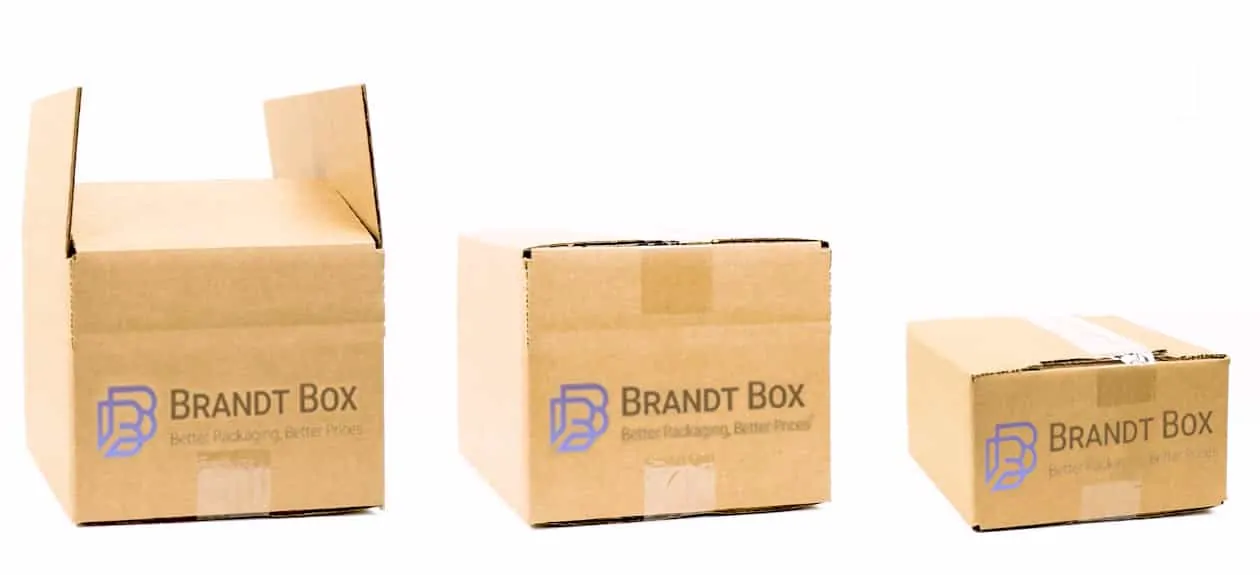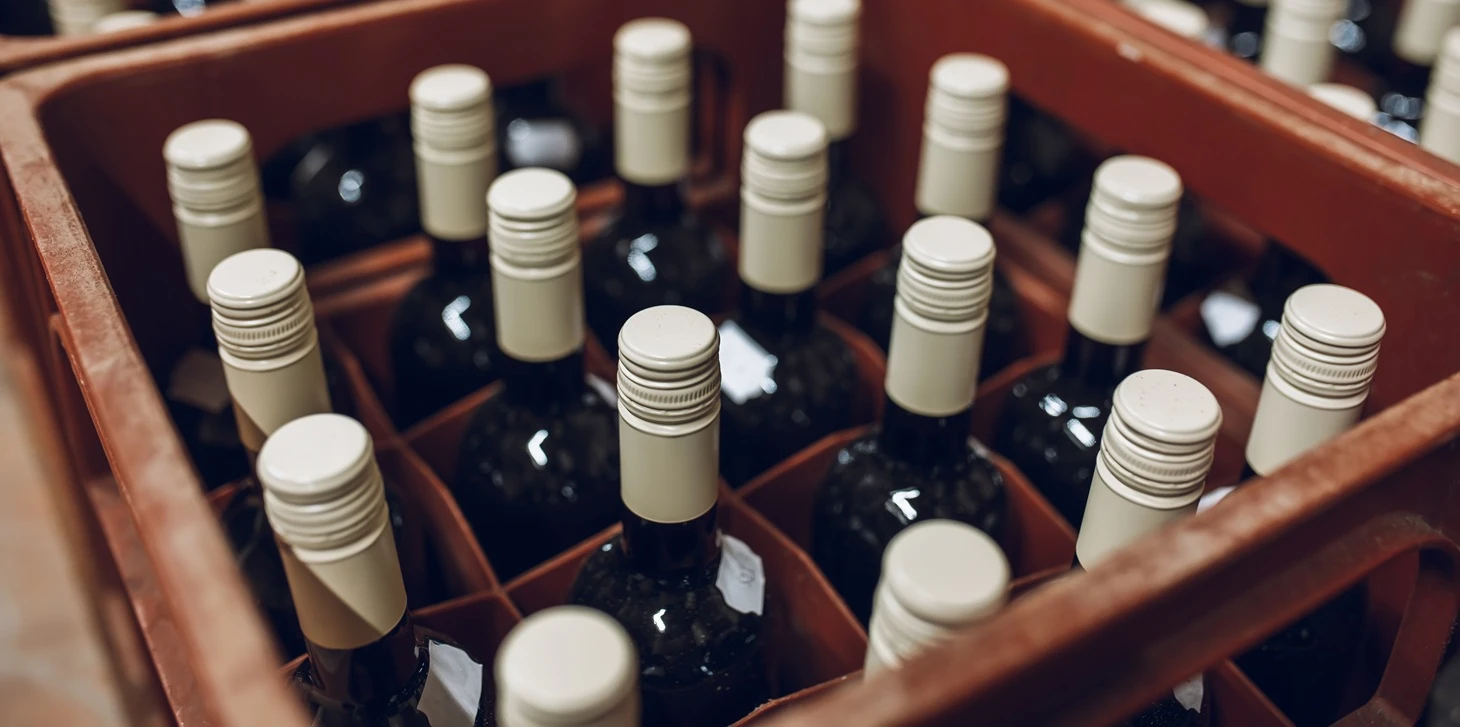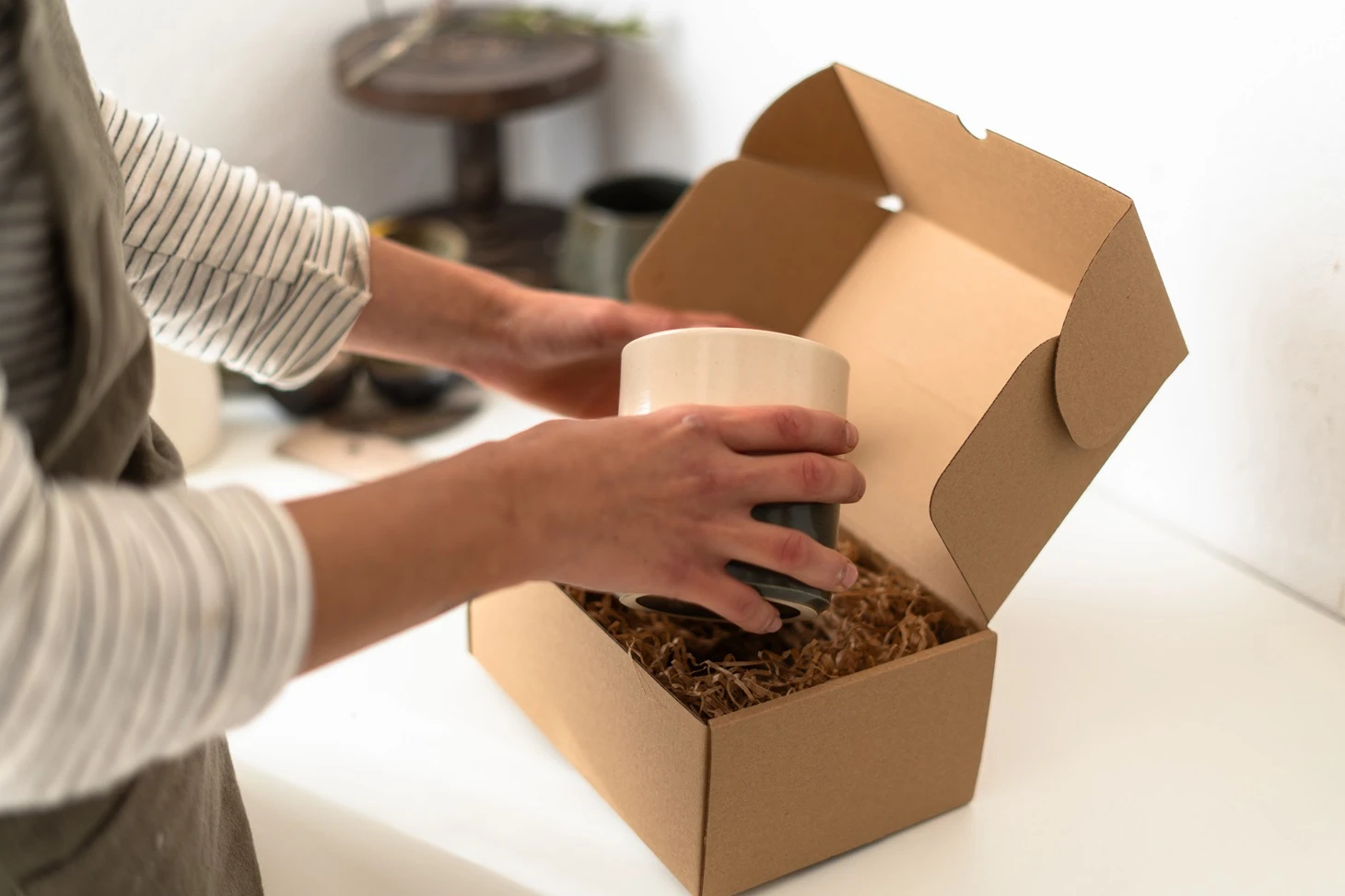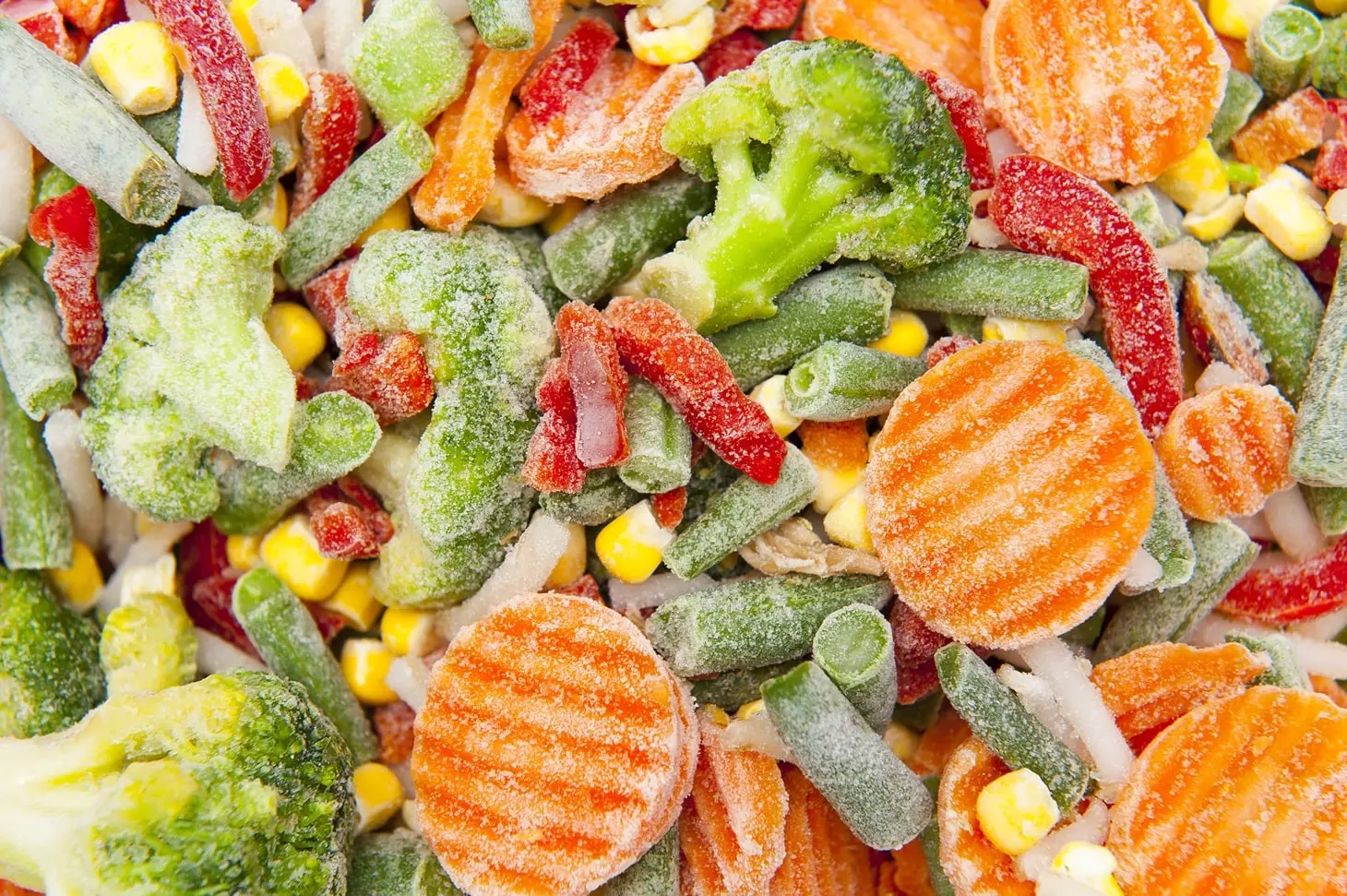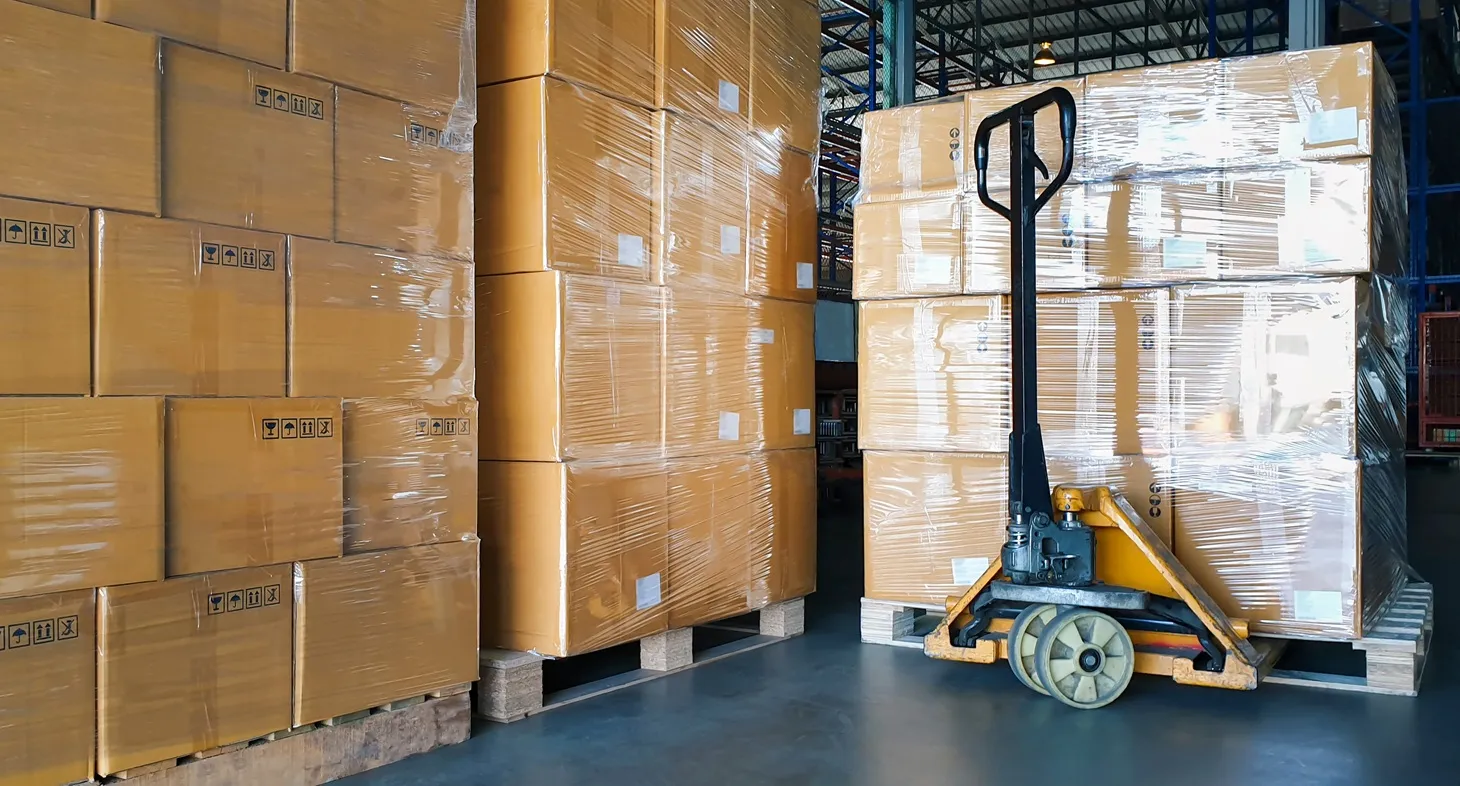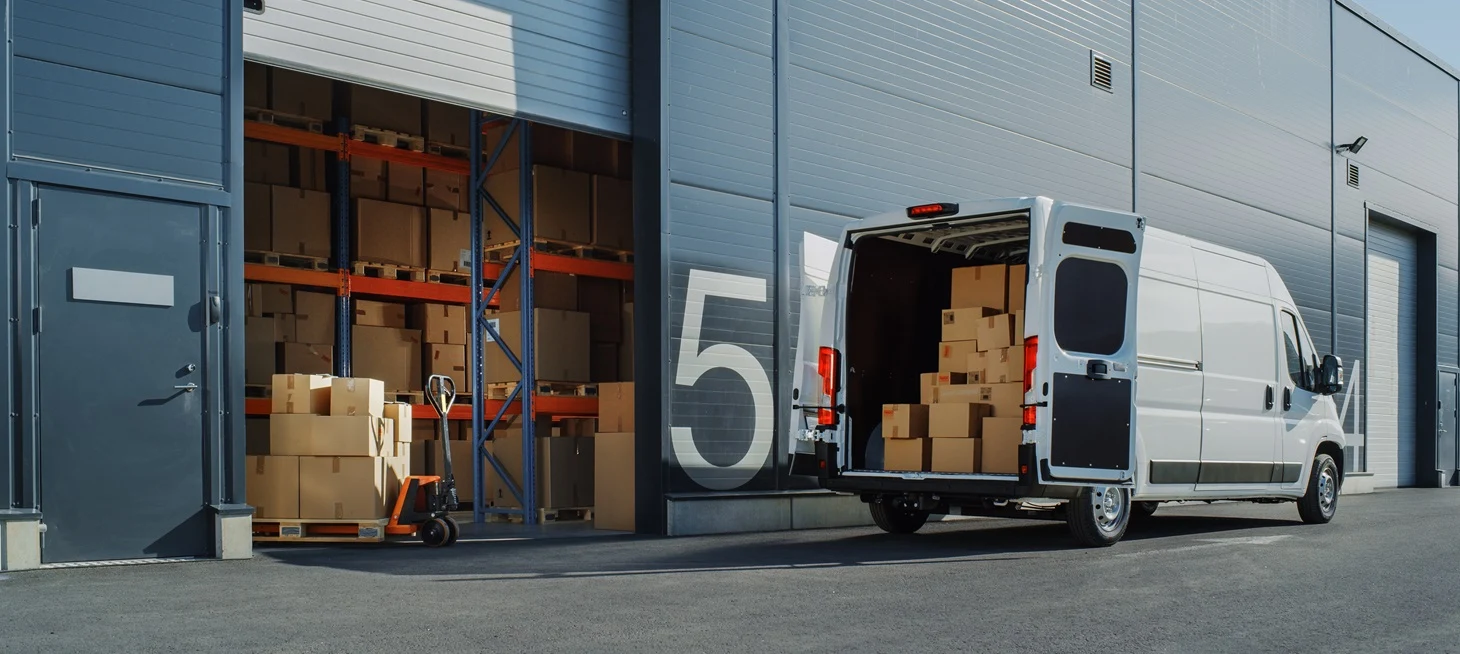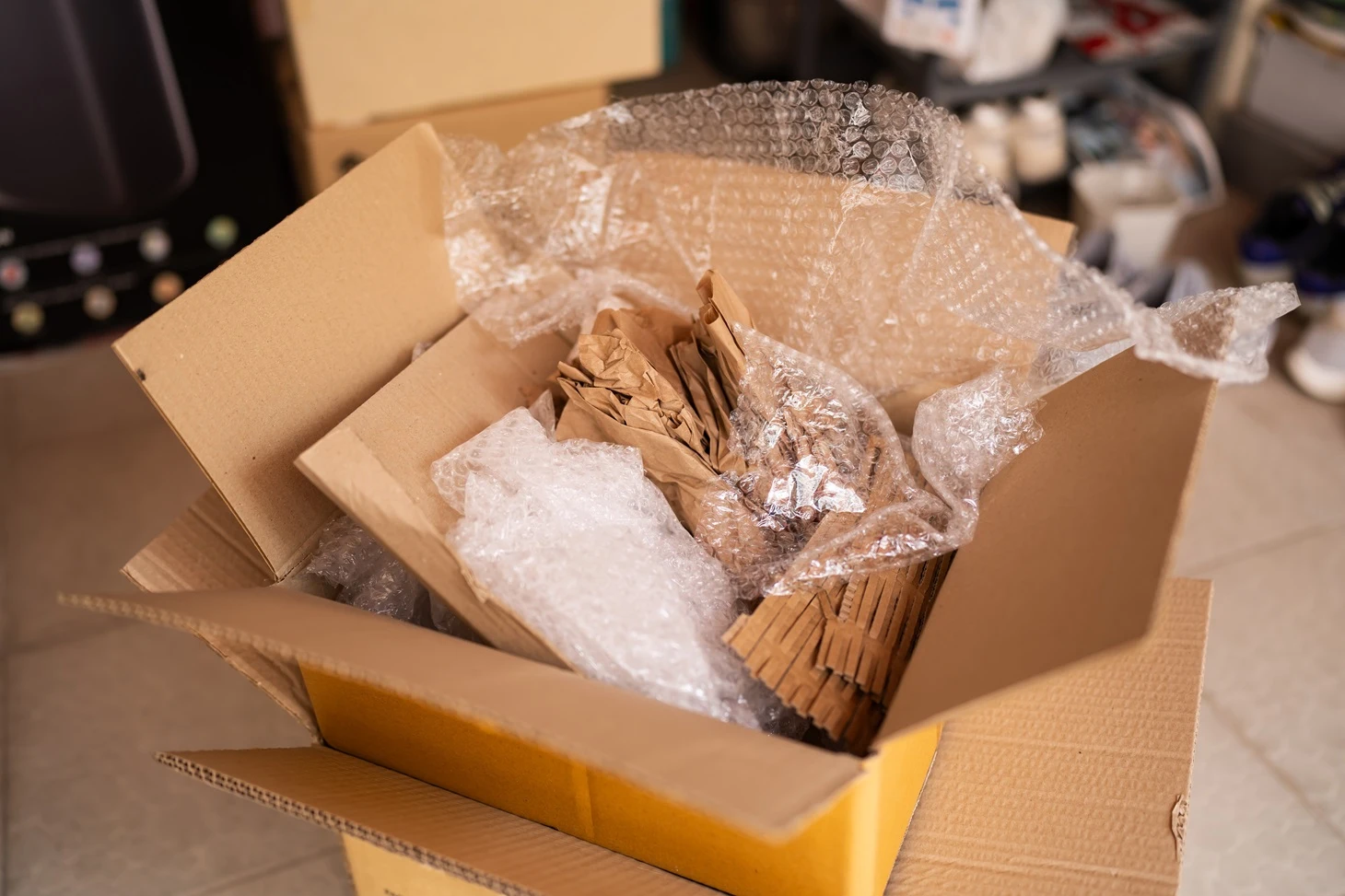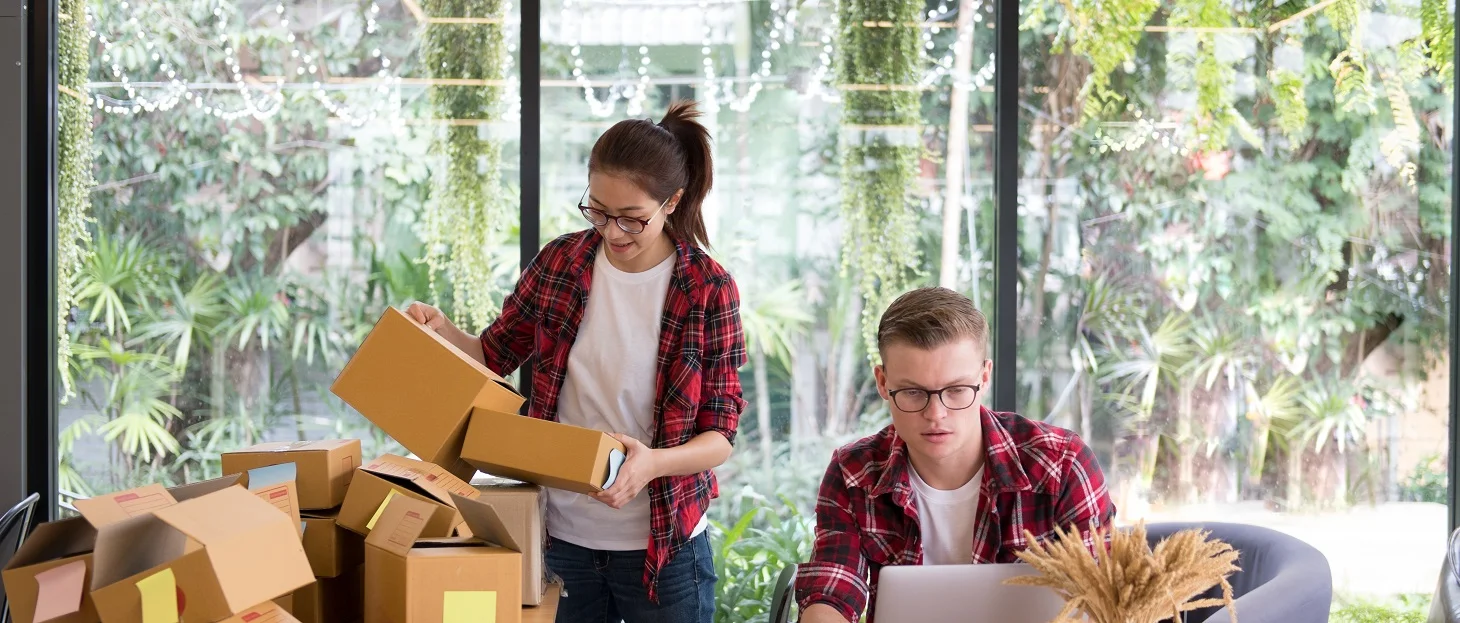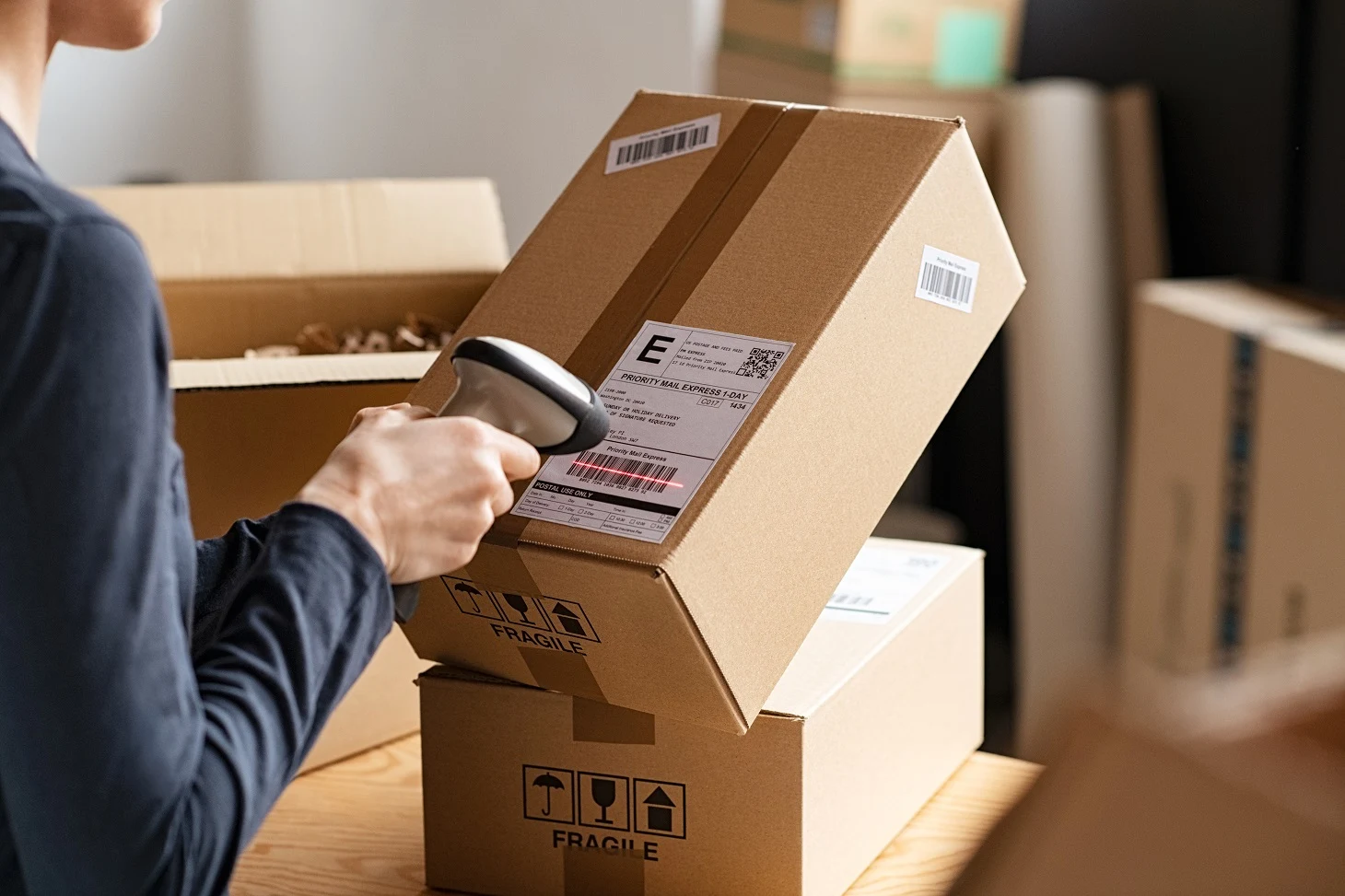After putting a lot of energy and care into every aspect of your product, from creation to sale, the final step is ensuring it arrives safely. To guarantee your goods make it to their destination in the best condition, packaging protection supplies are essential.
From bubble products to packaging air pillows, there are a number of wrapping materials that will ensure a safe journey for your product. With so many solutions, where do you begin? To assist you with your cushioning material search and to find the best one for your shipments, we are breaking down all of the different packaging protection materials and the benefits of each. Let’s dive right in!
What Is Protective Packaging and What Is Its Purpose?
Unless you’ve created an incredibly durable product, you likely need a cushioning design to ensure it gets from point A to point B safely. This is where protective packaging comes into play.
Packaging protection is beneficial when shipping. It can be used to:
- Take up extra space in a box to keep items from shifting during shipping.
- Cushions items from shocks and protects fragile corners and edges.
- Helps protect items from scratches and scrapes.
- Assists in improving product presentation and boosts the “unboxing” experience for those receiving the package.
With so many benefits, there are many different packaging cushioning options available to ensure the safety of your goods, but the right choice depends on your product and your needs. To find the best cushioning material, you must first understand the different types available.
Common Types of Wrapping Materials

Using cushioning materials for packaging is one of the easiest ways to protect fragile items for a smooth, damage-free shipping process. Utilizing everything from paper to foam and bubble products, you can safely cushion and protect your goods from scrapes, dents, and scratches for an expertly delivered package.
Ideal for small and medium-sized goods, as well as irregularly shaped objects, the right packaging can make a world of difference. But which cushioning materials used in packaging will best suit your needs? With varying degrees of cushioning and space-filling abilities, here are the most commonly used wrapping materials for shipping your products.
Paper Wrapping
One of the most practical packing materials is paper. This is an economical choice as it is recyclable and typically made from recycled materials for an environmentally-sound option. Whether you choose brown paper or plain white newsprint, you may purchase it as a roll or pre-cut sheets for a range of shipments.
Typically, the paper wrapping provides very light cushioning benefits and scratch protection. Additionally, cap tissue paper can serve as an alternate option.
Poly Foam
Poly foam is another popular option for packing and wrapping materials. This choice provides more cushioning protection than paper and is waterproof as well— perfect for items that may need to be protected from the elements during the shipping process.
Polyfoam commonly comes in rolls with a thickness ranging from 1/32” to 1/4”. For more cushioning, it’s best to opt for the thicker foam options. These thicker foam varieties are stiffer, so they may not conform as well to the shape of irregular products. In the case that you have an oddly shaped item, a thinner foam is preferred.
Keep in mind that poly foam is not recyclable in many cities, although it is durable enough to be reused.
Bubble Products

Bubble product provides the highest-quality packaging cushioning protection.
This air-cushioning packaging is made up of air-filled bubbles that insulate wrapped objects. Bubble product typically comes in rolls, which can be pre-perforated. The bubbles are usually 3/16” to 5/16” in diameter. The larger, thicker bubbles will provide more cushioning to packages and are best for your more delicate shipments.
Bubble products can be recycled in many areas, making it a great eco-friendly option. Plus, due to its durability, you may even be able to reuse bubble products in future shipments.
Corrugated Wrap
Another package cushion choice is a corrugated wrap.
Corrugated materials are made of ridged layers of paper that are bonded to a layer of flat paper or liner board. The flutes, or ridges, trap air and provide added cushioning, as well as shock protection.
A single-face corrugated wrap provides more protection than plain paper and is a more economical choice than poly foam. It is a recyclable substance that is ideal for layering between fragile products, such as plates and glassware. That being said, it is pretty stiff, so it’s not ideal for extremely delicate or irregularly shaped items.
Loose Void Fill
Loose fill, commonly seen as air pillows or packaging peanuts, is another popular choice for packaging protection. This cushion is usually dumped into a box to fill up extra space around an item and is great when there’s a lot of open space to fill, or when you are shipping an irregularly-shaped item. These small pieces will conform to the shape of objects for the perfect fit.
Why Should You Use the Void Fill Cushioning Materials?

There are different reasons to opt for void-fill cushioning materials in shipments. From protecting through the journey to avoiding damage, void fill material can make a big difference in the shipping process.
The reasons to choose void fill include:
- Protects Products Through Shipping: The obvious perk here is that void fill will protect products during transit. They do so by filling empty spaces and cushioning items to reduce the impact they may receive during the process. This isn’t just for fragile items, but any that customers would prefer to be carefully handled, too.
- Avoids Damaging Packaging: Some heavy-duty items can damage packaging if they are not packed properly. Thankfully, with void fill materials, you can help avoid ripping packaging open or creating holes that cause damage to items.
Сommon Types of Void Fill for Packages
With so many benefits to choosing void full cushioning material, it’s time to explore the different types available for your packages.
Peanuts
Packaging peanuts are the “S” shaped pieces you find in shipments. These are made from expanded polystyrene and can conveniently be dumped into a package to fill all the empty space. These are easy for shippers to use and help protect products in transit.
While packing peanuts offer good protection, there are some considerations. First, peanuts can be annoying for recipients, as they cling to things and make cleanup challenging. Additionally, they aren’t particularly aesthetic and are costly to ship. Most importantly, they are very difficult to recycle, making them not the most eco-friendly choice.
Crumpled Paper
One of the simplest solutions is to crumple paper within a box to fill the space and provide a bit of cushioning. This can be done with paper found around the house, including newspapers. If you’re shipping a lot of packages, you can even purchase a dispenser that crumples the paper for you.
Crinkle Paper Void Fill

Circle paper is another cushioning packaging material commonly used in packages. As the name suggests, crinkle paper is a shredded-up paper that is crinkled like an accordion to fill space within a package. They help fill boxes, and cushion products, hold them in place, and improve presentation upon opening.
As with packing peanuts, there are some cons to this material. Mainly, crinkle paper is messy, challenging to place within a package, and difficult for the customer to discard once they receive it. Plus, it is a more expensive choice, both to purchase and to ship to your warehouse.
Inflatable Air Pillows
Inflatable air pillows, or air cushions, are a cushioning packaging choice that has grown in popularity in recent years. Air cushions are super light. The plastic film arrives flat, so they are easy to store without taking up too much space. The air simply must be pumped between the layers of film, which then seals to form the pillow. These pillows are made in different sizes and shapes, with large pillows taking up a lot of space without a ton of added weight.
Bracing Materials
Another packing protection material is blocking and bracing materials. These help hold items in the same place to prevent shifting as well as provide cushioning to protect from any shock that may incur. This is wonderful for heavy objects or fragile items, making for a versatile solution.
Both paper padding and moldable foam cushioning are available as bracing materials. Here’s more on each!
Paper Padding
Paper padding is a machine-formed paper that provides shock protection as well as blocking and bracing. This paper cushioning provides incredible stability without adding a lot of weight to packages. Additionally, paper padding comes in a range of shapes and styles to suit a variety of packaging applications.
Moldable Cushioning

Moldable cushioning is a protective foam that molds to the shape of the object they protect. This allows for ideal blocking, bracing, and shock protection for products. This cushioning works as the foam expands, holding objects in place to prevent shifting. It combines two liquid components that, when mixed, expand to 200 times their liquid volume. With this design, the moldable foam cushioning alleviates storage concerns while boosting packing protection as needed.
Conclusion
From cardboard cushion packaging and air cushioning packaging to loose void fill and more, there’s a range of wrapping materials to ensure your goods arrive safely at their destination. While it may take a bit of trial and error to discover the best cushioning material for your next shipment, it’s well worth the effort to ensure your product arrives safe and sound.
To learn more about the different cushioning packaging options and discover your best solution, explore our packaging protection supplies selection at Brandt Box today.

